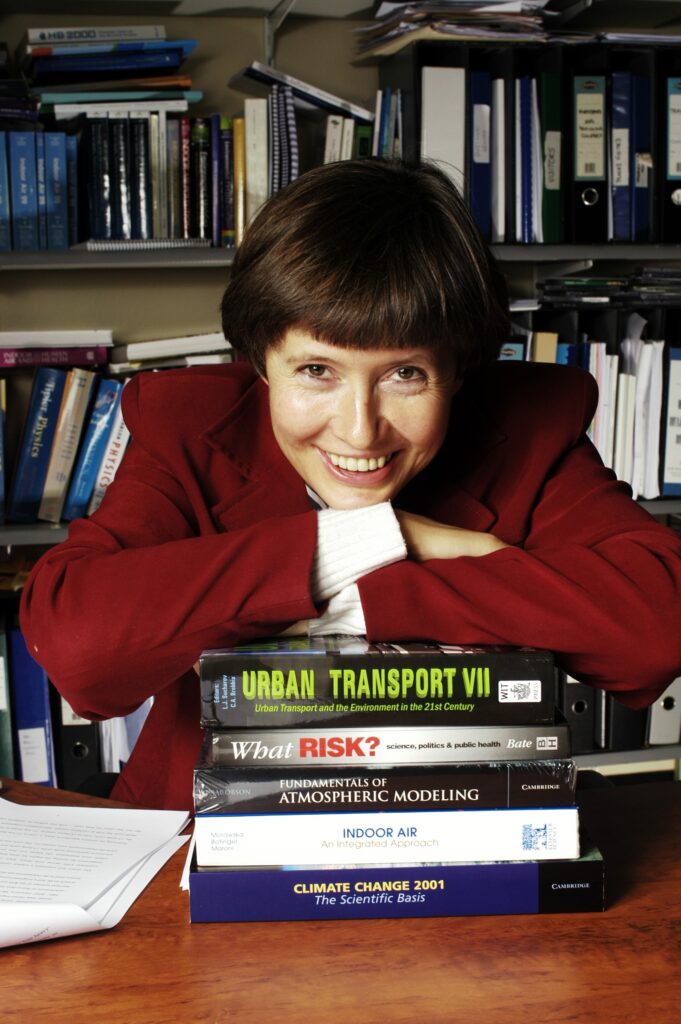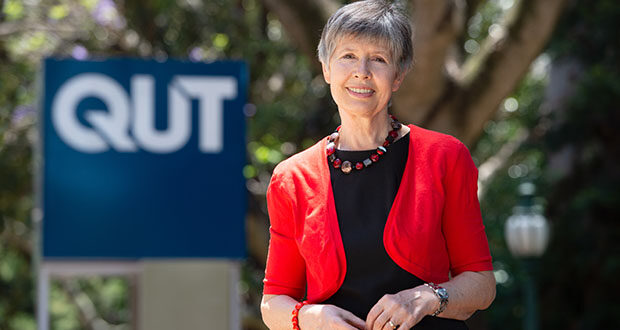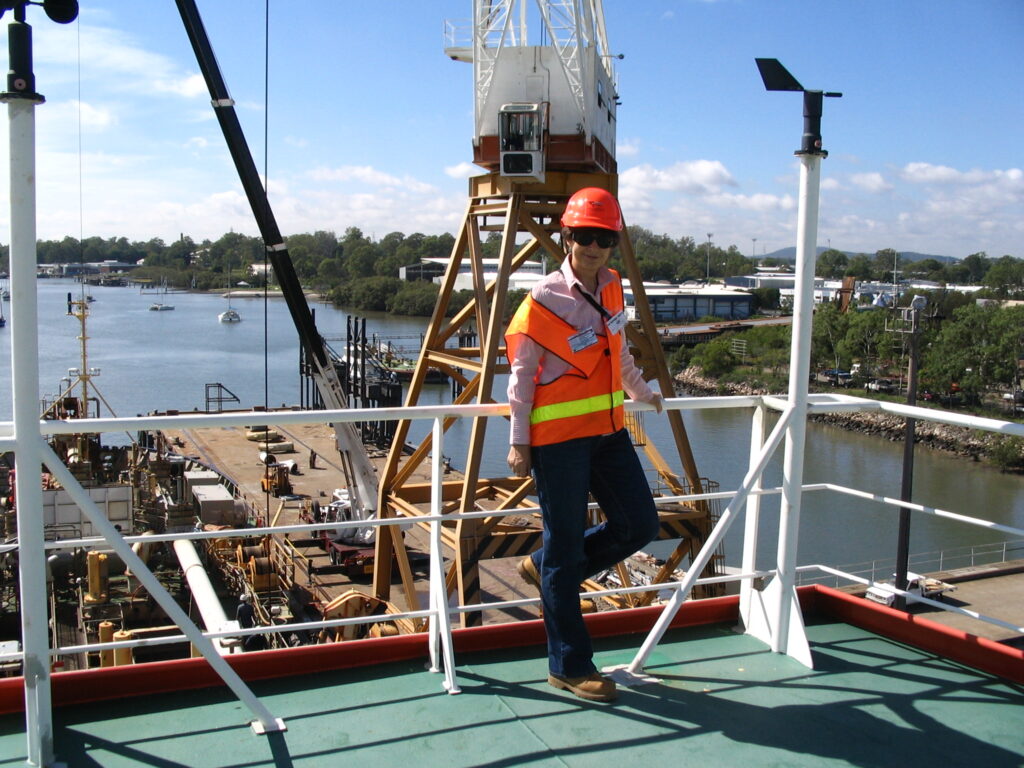When the pandemic first struck in 2020, QUT Professor Lidia Morawska knew air transmission was a major factor in the spread of Covid-19, but the World Health Organisation refused to hear her warnings.
"What the WHO was doing was spreading misinformation," Professor Morawska told Campus Review.
"I said to myself, something has to be done because after all these years of studies, I knew it was airborne, but no one was interested in seeing this."
In the early stages of Covid, the world's top health agency believed the virus was transmitted via droplets from the nose and mouth.
At the time, Professor Morawska had worked as a WHO advisory since 1998 and had decades of experience studying air quality.
She had previously worked on the outbreak of Severe Acute Respiratory Syndrome (SARS) which struck Hong Kong in 2003 and led to 298 deaths.
"When SARS happened, little was known about how the particles from human respiratory activities are generated and what happens to them in the air," Professor Morawska said.
"That's when I decided to expand my research field and investigate particles from respiratory activities."
In efforts to alert the general public about the nature of Covid transmission Professor Morawska then led a team of 240 international experts who proved scientifically the disease was airborne.
Alongside 33 other academics she wrote a paper titled "It Is Time to Address Airborne Transmission of Coronavirus Disease 2019 (COVID-19)".
The paper, which took three months to write, would go on to change how the government and the global health community viewed the pandemic.
"It was so difficult just to get this key information out," she said.
"I wasn't thinking about my career then; all I wanted was changing this mindset of the national authorities, bring awareness to people and help lower the risk of infection transmission."
It was not until mid-2021 that WHO acknowledged Covid-19 could be spread via air and changed its recommendations.
According to Professor Morawska, by then several countries had already set wrong guidelines and missed vital opportunities to save people's lives.
For her work raising awareness around COVID-19's airborne spread, Professor Morawska was named one of Time magazine's 100 most influential people in the world in 2021.
More recently she won the Matthew Flinders Medal and Lecture, Australia's Academy of Science's highest distinction, for her contributions to the field throughout her career.
"When there is recognition for my work, it's never just mine; it's always an achievement working with colleagues because this is an interdisciplinary area," Professor Morawska said.
"I wouldn't have been able to do even a fraction of this work by myself.
"But each time we are recognised, it motivates me to work harder and fulfil more dreams regarding what we can do in the future."
Professor Morawska said her passion for science began at a young age.
"What was the reason for this initial decision? I don't remember exactly," she said.
"My parents were educated; my mum was a chemist, and my father an electrical engineer. They would always provide reading materials, and we had a lot of discussions about science."
"That certainly helped me develop my interest."

Growing up in the small city of Przemyśl in southeastern Poland, Professor Morawska followed a traditional schooling path.
In 1982 she became a physicist after completing her doctorate in radon at the Jagiellonian University in Kraków.
From 1987 to 1991, she moved to Canada to become a postdoctoral research fellow at the International Atomic Energy Agency, where she developed her interest in studying air quality.
At the time, the now Professor was researching radon progeny and had an opportunity to use rare instruments to measure the size distribution and concentration of particles in the air.
One day, she had the idea to use the instruments in the streets of downtown Toronto and found surprising results which changed her entire career trajectory.
"I found out the concentration of these particles was extreme. There were hundreds of thousands of these particles, and this was mind-blowing; where are they coming from?," she said.
"I thought that relation must have been from the cars on the street, but there was absolutely nothing about this in the literature because the instrument was generally used only in laboratory studies."
Professor Morawska said this was the moment she knew she would pursue atmospheric sciences and work to fill a widening research gap.
In 1991, she flew to Australia for the first time and was appointed as senior lecturer at Queensland University of Technology before being promoted to Professor in 2003.
Over the past two decades, she has established the International Laboratory for Air Quality and Health Center at QUT in collaboration with the World Health Organisation.
Professor Morawska continues to research indoor air quality standards and wishes to continue mentoring her PhD student.
"I enjoy seeing my students develop, they sometimes arrive without knowledge in the area and little background research experience, and seeing them blossom and come up with amazing things," she said.
"In the end, we share ideas and it's that close relationship of on working together which eventually come to fruition in terms of completion of the paper or discovering something some new.
"If there were no students or staff, by myself, there is only that much I could do in this very broad field."
Do you have an idea for a story?Email [email protected]
 Campus Review The latest in higher education news
Campus Review The latest in higher education news


